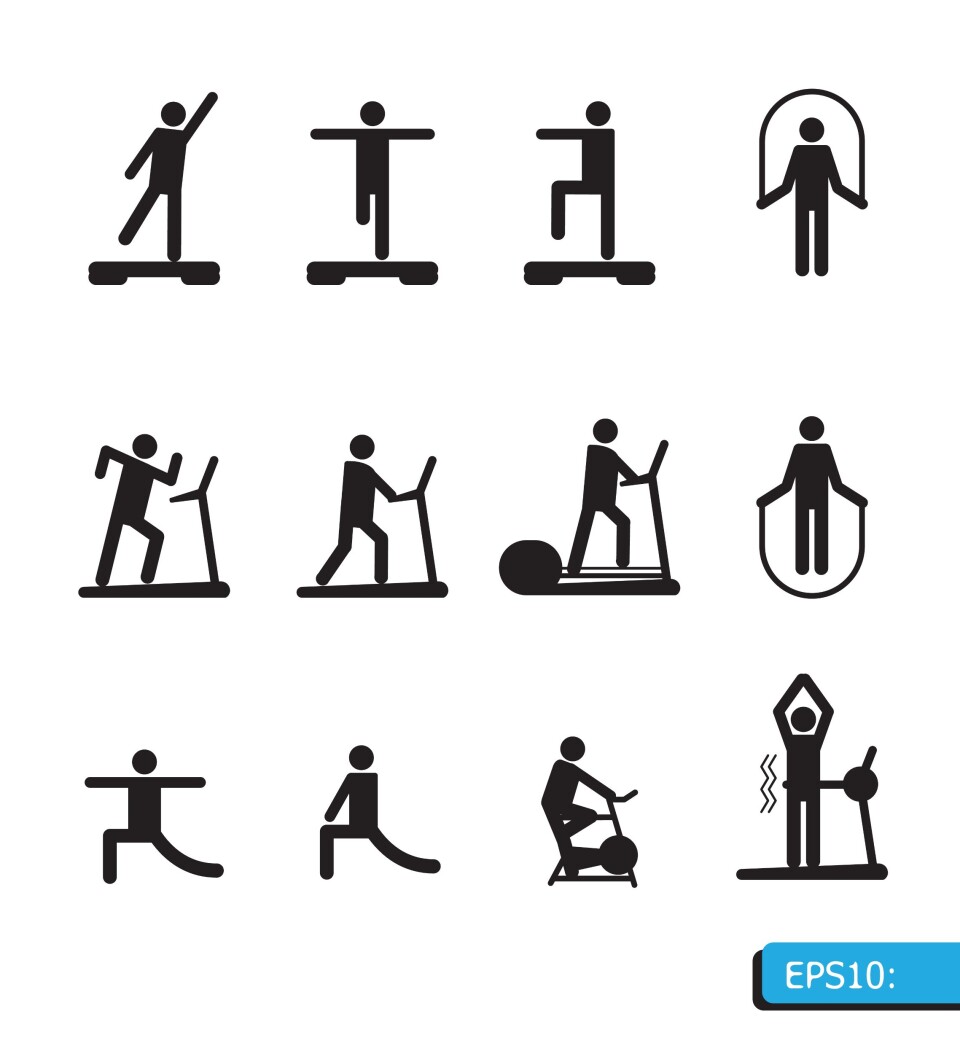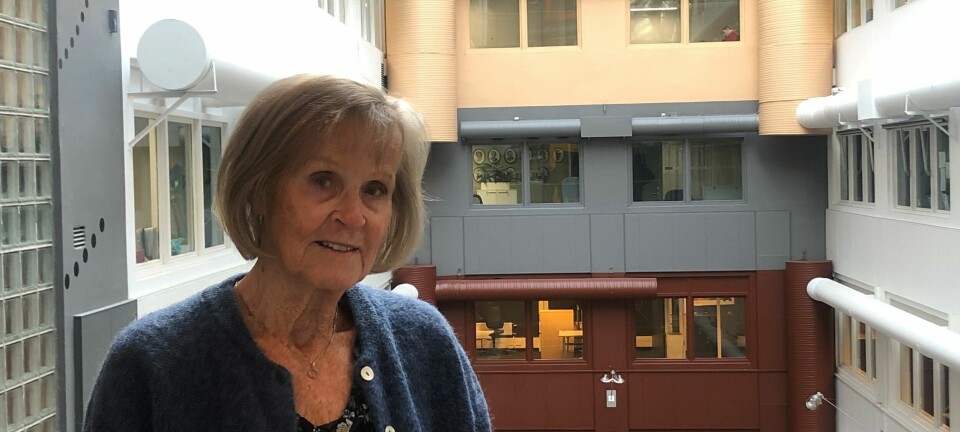
Can physical activity reduce sickness absence and disability pension?
Scientific article in Fysioterapeuten 7/2013
Marius Steiro Fimland, dr.philos. Post-doktor ved Institutt for samfunnsmedisin, Det medisinske fakultetet, NTNU. Forsker ved Hysnes Helsefort, St. Olavs Hospital. marius.fimland@ntnu.no
Astrid Woodhouse, ph.d. Post-doktor ved Institutt for samfunnsmedisin, Det medisinske fakultetet, NTNU
Ottar Vasseljen, dr.philos. Professor ved Institutt for samfunnsmedisin, Det medisinske fakultetet, NTNU
Sigmund Gismervik, cand. med. Stipendiat ved Institutt for samfunnsmedisin, Det medisinske fakultetet, NTNU
Henrik Børsting Jacobsen, cand.psychol. Stipendiat ved Institutt for samfunnsmedisin, Det medisinske fakultetet, NTNU
Roar Johnsen, dr. med. Professor ved Institutt for samfunnsmedisin, Det medisinske fakultetet, NTNU
Abstract
Introduction: High levels of sick leave and disability pension are significant public health problems with serious consequences for individuals, families and society as a whole. Physical activity and exercise training has many health benefits and is used in both the prevention and treatment of various health complaints and chronic diseases. However, the relationship between physical activity and sickness absence is unresolved.
Main part: This article is based on searches in PubMed. Only prospective population studies that examined the association between physical activity/capacity and sickness absence/disability pension were included. Twelve studies reported that physically active persons had a reduced risk of absenteeism or disability pension. Three of these reported stronger associations by vigorous activity compared to moderate activity. Three studies showed that good aerobic capacity reduced the risk of sickness absence. A study reported a positive association between muscular strength and absenteeism. Physically active jobs increased risk of sickness absence, while leisure-time physical activity reduced the risk in one study. However, it varied to what extent studies had adjusted for potential confounding variables.
Ending: Prospective population studies indicate that endurance capacity and leisure-time physical activity reduces the risk of sickness absence/disability pension. Vigorous activity appears to reduce the risk more than moderate and light activity, which may be due to a greater impact on health and on physical capacity - which can provide lower relative workloads. Hence, rehabilitation and preventive measures should emphasize regular participation in physical activity and exercise training that includes vigorous physical activity. We propose a model of how physical activity can reduce sickness absence and disability pension.
Key Words: exercise training, absenteeism, disability pension.
Download the full Version in Norwegian.






















